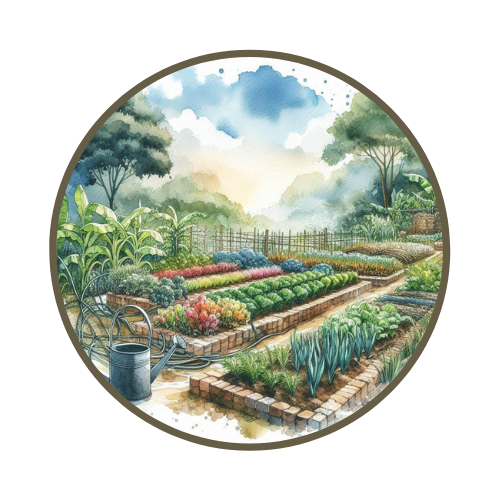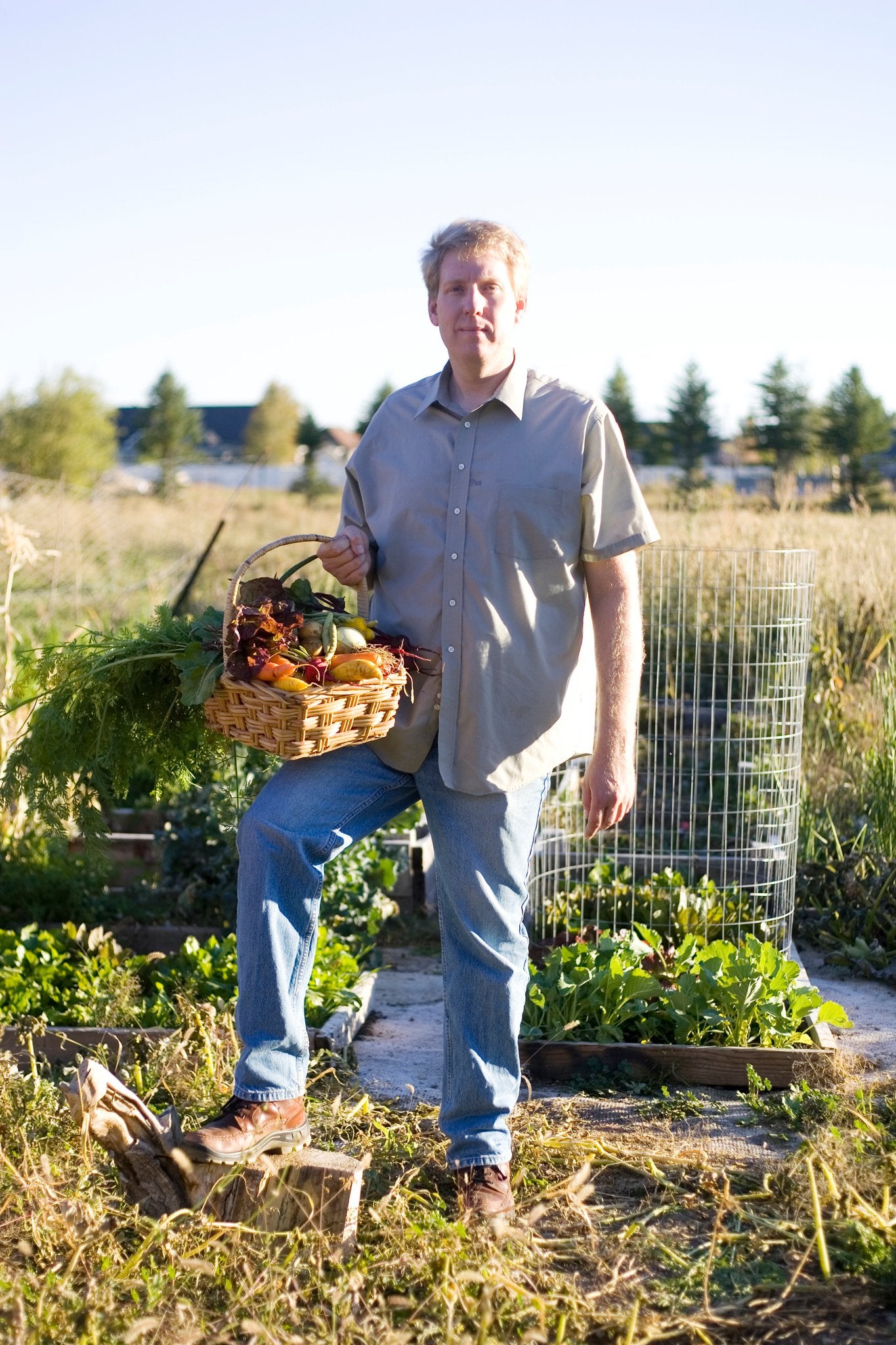An excerpt from the book by Caleb Warnock
Fifteen reasons to never till your garden again:
- Dramatically reduces the work required to garden
- Reduces weeding by 90 percent
- Allows you to establish a self-seeding garden
- Means you never need to purchase fertilizer again
- Hugely cuts down on soil disease
- Cuts down soil compaction
- Dramatically increases natural soil fertility
- Makes a 100 percent organic garden practical
- Makes gardening physically accessible
- Makes permaculture truly possible - no gas, no tiller
- Make a garden honest!}'. sustainable
- Make gardening easier for beginners and experienced growers, the physically disabled, seniors, children, families
- Increases yields
- Makes a larger garden possible with less work
- Makes gardening less expensive
There are only two ways to make soil fertile - One way is natural, the other is synthetic. The natural way costs nothing and requires little work. The synthetic method is expensive, labor-intensive, and violates the first rule of sustainable gardening -- the garden should pay you, instead of you paying your garden in the form of buying stuff for it. You may be surprised to learn that the natural method is based almost solely on mushrooms (mycelium).
Mother Nature has a whole system of soil fertility in place, and as it turns out, if we get out of her way, she will make our garden fertile -- for free.
Modern science has confirmed something surprising. In natural ecosystems, many (if not all) plants are best able to remove nutrients from soil with the help of mushroom mycelium. Most gardeners have never heard of mycelium, even though they've seen it. Mushrooms are an interesting plant. The whole plant is underground. Only the fruit - what we call mushrooms -- emerge into the sun light. The rest of the Plant is called mycelium. If you've ever turned over an old log, or cleaned a garden in spring, you've likely seen the brilliant white threads that are mycelium.
These strings are delicate and easily destroyed -- but when left to their own devices, they will slowly break down the largest logs, straw, chaff, and garden waste, helping Mother Nature turn these things to rich soil.
Mushrooms are huge plants, with the mycelium of one plant running for dozens, hundreds or thousands of feet under the soil. Mushroom plants are also long -lived, threading themselves through the soil where they assist trees, bushes, grasses, and vegetables. The roots of all the plants that surround us need the help of mycelium to get food from the soil. It's that simple.
When we mechanically till the soil, we are damaging the very mycelium that our soil relies on for natural health. Throughout history -- until the modern age -- gardening was always done using the no-till method. Scientists are quick to tell you that, even though we have known for 130 years that plants depend on mycelium, we know very little about the whole process. We know that, for the most part, mushroom plants must have carbon to live, but are not able to process this carbon themselves. To solve this problem, they form relationships with plants underground. The plants provide carbon to the mushrooms, and the mushrooms "farm" these plants by supplying them with nutrients so that the plants will continue to grow and provide carbon.
In 2008, the Oxford Journal of Experimental Botany published a wide-ranging paper which examined years of studies of mycelium and its relationship to plants. Here is what modern science has learned about this relationship between mushroom mycelium (fungi) and plants (data from J. Exp. Bot. (2008) 59 (5 ): 1115-1126):
"Mycorrhizal fungi 'connect' plants 'to the nutrients required for their growth.' Mycelium helps plants in times of stress including drought, soil acidification, and exposure to toxic metals and plant pathogens. Mycelium increase "the nutrient absorptive surface area of their host plant root systems."
Tilling drastically reduced soil fertility because it did so much damage to the soil. What kind of damage? The mechanical action not only destroyed the mycelium, but also ground the earth so fine that it created compaction. And tilled topsoil, essentially ground into dust, continues to this day to blow away, creating huge fertility problems worldwide. Science solved these problems by creating commercial petroleum-based fertilizers which could be scattered over fields and mixed right into the soil with Howard's new tiller machines. Natural soil fertility was no longer necessary. During and after World War I, millions had starved to death in Europe. As I explain in my Backyard Winter Gardening book, it took years for aid to reach rural Russian villages and other places, where the starving turned to eating their straw roofs. When help finally arrived, what the locals wanted more than anything else was vegetable seed. Seeds helped put these villages back on their feet, and taught the world a valuable lesson that has been mostly forgotten today -- seed is only available when someone grows it. When seed vanishes, people starve. As wrote in my first Forgotten Skills book, today our seed supply is almost wholly hybrid, corporate owned, patented, and designed to be self-suiciding to ensure long-term corporate dependence and thus, profits. Nine out of every ten heirloom varieties that were for sale in 1900 are now extinct. We will never be able to get them back.
The new science of agronomy promised to end starvation forever.
As petrochemicals became the standard on farms, backyard gardeners began to "see the light.'' Arthur Howard 's invention had initially been rejected by gardeners as useless, but soon the wave of science washed over the backyard garden too. Organic gardening methods were dropped as "old -fashioned " and "foolish." The great age of chemicals had dawned.



